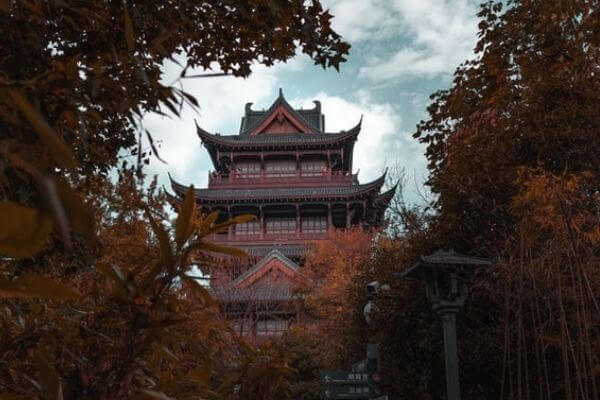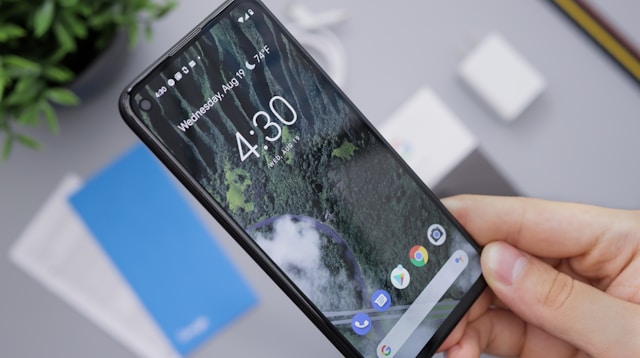
Key Takeaways:
- Within each court in China, there are many ‘divisions’, eg. civil divisions and criminal divisions, and each division is responsible for hearing a certain type of cases.
- Three types of departments within the SPC used the name ‘court’ in English, which are actually not independent courts but ‘divisions’ in nature, namely: the Circuit Court of the SPC, the International Commercial Court of the SPC, and the Intellectual Property Court of the SPC.
- The diversified dispute resolution center is an ADR department established within the court. To better respond to the existing litigation explosion, many courts have established ADR departments to guide the parties to resort to mediation.
Recently, China’s Supreme People’s Court (SPC) finalizes the standard English translation of departments and positions within its court system.
On 19 July 2021, the SPC issued the “English Translation of Organizations, Positions and Workplaces of the People’s Court” (人民法院组织机构、职务名称、工作场所英译文), finalizing the relevant English translations. This reflects not only the SPC’s hope that Chinese courts can be better understood by the world, but also that the SPC maintains an open attitude towards the international community.
In fact, when introducing China’s judicial system to English-speaking readers, we are often trapped by such a plight: how to express some local concepts in Chinese courts in easy-to-understand and accurate English.
Of course, there are times when such concepts are translated in English officially, yet they still may not be understood by some readers in a given context.
Therefore, in this post, we will introduce some names of departments and positions of Chinese courts that may confuse foreign readers.
I. Division
Within each court in China, there are many divisions, and each division is responsible for hearing a certain type of cases.
Different judges of the court are affiliated to different divisions, say, civil division, criminal division, meaning that most judges will only hear a certain type of cases under the jurisdiction of their division.
The Chinese court system believes that judges should be professional. Therefore, each judge should focus only on one or some types of cases, so as to ensure that he/she can hear cases with efficiency and quality guaranteed.
II. Courts within the SPC
There are three types of departments within the SPC that used the name “court” in English, which are actually not independent courts though, namely: the Circuit Court of the SPC, the International Commercial Court of the SPC, and the Intellectual Property Court of the SPC.
Essentially, there is no difference between these courts and divisions in the SPC, in the sense that on one hand, they are all departments within the SPC, specializing in hearing one type of cases; on the other hand, you can’t see anything related to these departments from the judgments, because they all make judgments in the name of the SPC.
So, why does the SPC call these departments “courts”? My guess is that the SPC wants them to look independent, because these departments are frequently involved in international matters.
III. Tribunals within local courts
Like the courts within the SPC, there will be some seemingly independent departments within local courts, which are described as “tribunals” by the SPC. Likewise, these departments have no independent status in law and are essentially no different from divisions.
For example, Shanghai Bankruptcy Tribunal is actually an internal department of Shanghai Third Intermediate People’s Court.
IV. Enforcement Department
The enforcement department is a body responsible for enforcing decisions within the court. In China, both court decisions and arbitral awards are enforced by the court.
According to China’s procedure law theory, the enforcement process is conspicuously featured by administrative elements, so the department responsible for enforcement is different from the division responsible for case trials. Therefore, here comes the enforcement “department” and the trial “division”.
V. Political Department
The political department is actually the human resources department of the court.
The human resource departments of the SPC, the Supreme People’s Procuratorate (SPP), the Ministry of Justice, the Ministry of Public Security and their counterparts in local governments are all called political departments.
These departments are traditionally called political and legal units in China probably because in Chinese society, the departments related to justice administration and law enforcement are deemed as highly politically related. Therefore, the personnel management within these institutions is also politically related.
VI. Adjudication Management Office
The adjudication management office is responsible for the management of the case process, especially the performance evaluation of judges and divisions. As mentioned in our previous posts, Chinese judges will be strictly evaluated for their performance. This performance evaluation is an important basis for inferring the conduct mode of judges.
Related post:
VII. Adjudication Committees and Judges Conferences
We have introduced the adjudication committee in our previous posts. The adjudication committee has the final say to the case trial of the court. See our previous posts for information about the adjudication committee.
Related Posts:
-
- A Look at the Adjudication Committee in a Chinese Court - The Adjudication Committee Series - 01
- Why Chinese Courts Need the Adjudication Committee and Reform the Same? The Adjudication Committee Series - 02
- Adjudication Committee being Reshaped by China's Judicial Reform - The Adjudication Committee Series - 03
- How Does the Chinese Court's Adjudication Committee Participate in Case Trial?
The judges conference is a new thing that has emerged in recent years. As a mechanism for experience sharing among judges of the court, it plays the role of a judge think tank.
VIII. Diversified Dispute Resolution Center
The diversified dispute resolution center is an ADR department established within the court. Chinese courts, having long been troubled by the litigation explosion, have begun to support ADR such as mediation to reduce their overwhelming caseloads. For this purpose, many courts have established ADR departments to guide the parties to resort to mediation.
Related Posts:
IX. Chief Justice and Chief Judge
The chief justice is the highest title of judges. Usually, China’s chief justice is the president of the SPC.
The chief judge is not a job title, but only refers to the person in charge of the internal departments of the court, such as divisions and tribunals.
X. President and Presiding Judge
The president, a permanent position, refers to the president of the court.
The presiding judge refers to the judge who presides over the case on behalf of the collegial panel. The presiding judge is not a permanent position, and is temporarily designated by the court from one of the judges for the collegial panel in each case.
Contributors: Guodong Du 杜国栋









